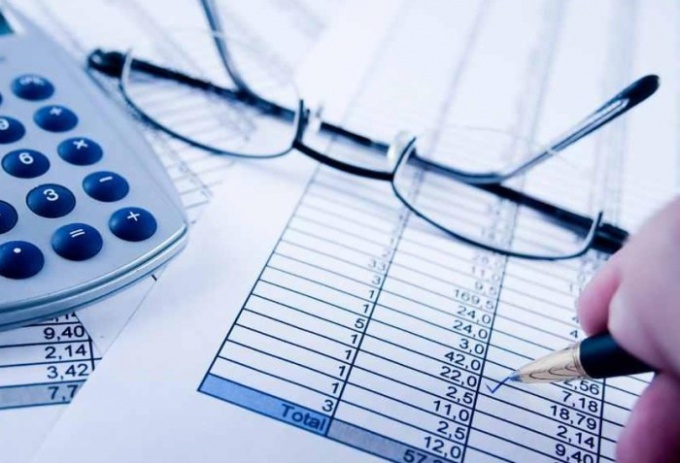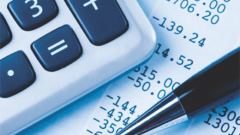Instruction
1
All accounts are divided into active and passive. Active accounts are intended to reflect the property company, the passive – the sources of its formation. Each account includes the name and number of the debit side and credit side. For example, account 10 "Materials", 50 "cashier", etc.
2
Start recording on all active accounts with initial balance (opening balance) property. It is reflected in the debit account. Then the accounts should reflect all business transactions, which reflect the change in the opening balances. Amounts that increase the opening balance are recorded on the side of the balance, and reduce initial balance amount – on the opposite side.
3
Please note, that on active accounts the increase in assets will be reflected in the debit account and decrease the credit. When you add all the transactions recorded on the debit and credit account, get the account turnover. The total amount that will be reflected in the debit account debit turnover, credit credit. When calculating the initial momentum balance is not considered.
4
When the debit and credit turnover will be counted, proceed with the formation of the final balance (balance) accounts. For active accounts, the final balance is determined as follows:
To = But + TO - TO where
Ko ending balance (ending balance) at the active account,
But – starting balance (the starting balance) for the active account
TO – debit turnover,
CO – credit turnover.
In other words, the final balance is calculated by adding the initial balance and turnover of the same party and subtracting the turnover of the opposite side. The final remainder is written on the same side, which reflects the opening balance.
To = But + TO - TO where
Ko ending balance (ending balance) at the active account,
But – starting balance (the starting balance) for the active account
TO – debit turnover,
CO – credit turnover.
In other words, the final balance is calculated by adding the initial balance and turnover of the same party and subtracting the turnover of the opposite side. The final remainder is written on the same side, which reflects the opening balance.
5
Remember that the essence of this method is that each operation is reflected in the same amount, in the debit and credit of different accounts. Ie, a decrease in one account inevitably leads to an increase in another and Vice versa.


